Today's Theme: Blended Learning Approaches in Professional Development
Chosen theme: Blended Learning Approaches in Professional Development. Explore how thoughtfully mixing online modules, live workshops, peer coaching, and on-the-job practice accelerates growth. Share your experiences, ask questions, and subscribe for future stories and practical blueprints.
Foundations of Blended Learning at Work
01
What Blended Learning Really Means for Professionals
Blended learning integrates self-paced digital content, live collaboration, and workplace application into a cohesive journey. It respects time constraints, supports different learning styles, and focuses on transfer, ensuring knowledge becomes tangible behavior change on the job.
02
Why Integration Beats Single-Mode Training
A single workshop rarely transforms performance. Blended programs layer microlearning for recall, coaching for context, and practice for confidence. Together, they reduce forgetting, sustain motivation, and create momentum that stand-alone courses almost never achieve consistently.
03
A Quick Story from the Sales Floor
Mina, a new account executive, combined short mobile lessons with weekly role-plays and manager feedback. Within six weeks, her call-to-meeting conversion doubled, proving how blended learning aligns knowledge, practice, and coaching into measurable, meaningful workplace results.
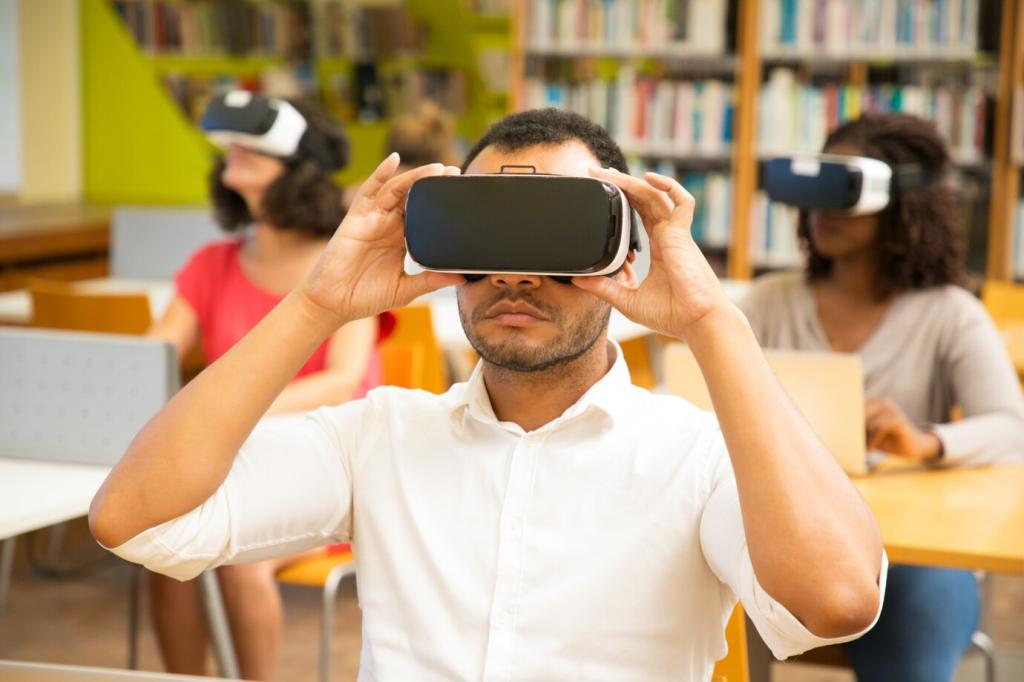
Start with Outcomes, Then Choose Modalities
Define precise skills and behaviors before picking tools. If the goal is better feedback conversations, combine a simulation, a peer debrief, spaced prompts, and a live practice lab. Design follows purpose, not available technology or vendor convenience.
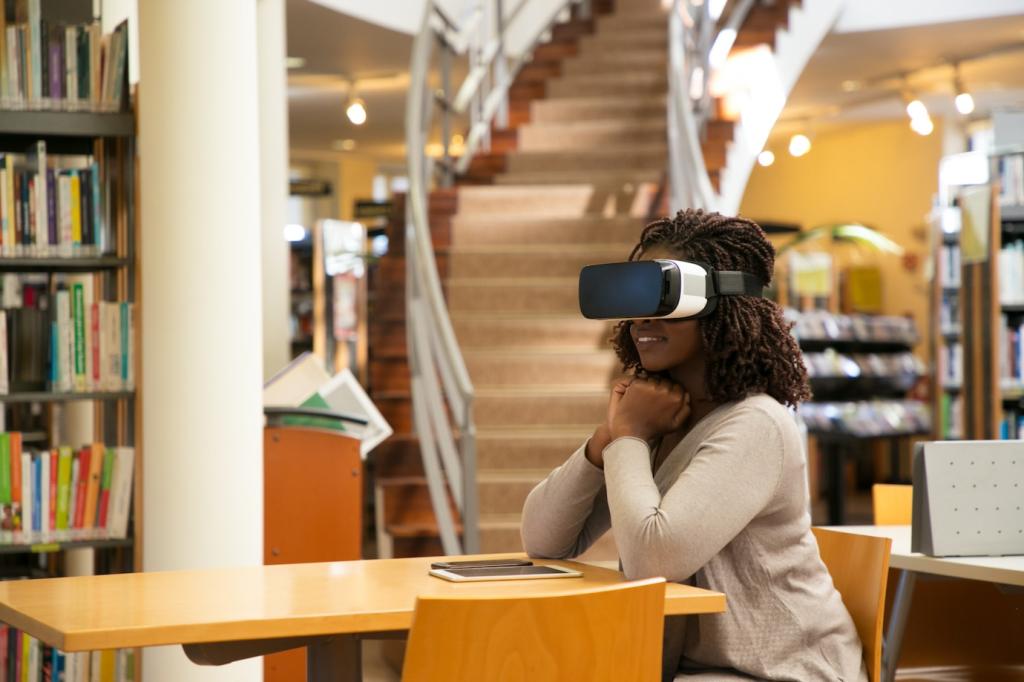
Sequencing for Momentum and Memory
Use a flipped model: brief prework builds schema, live sessions deepen skill, and post-session nudges drive application. Space practice over weeks, not days, so recall strengthens. Encourage reflection moments that turn experiences into learned, repeatable habits.
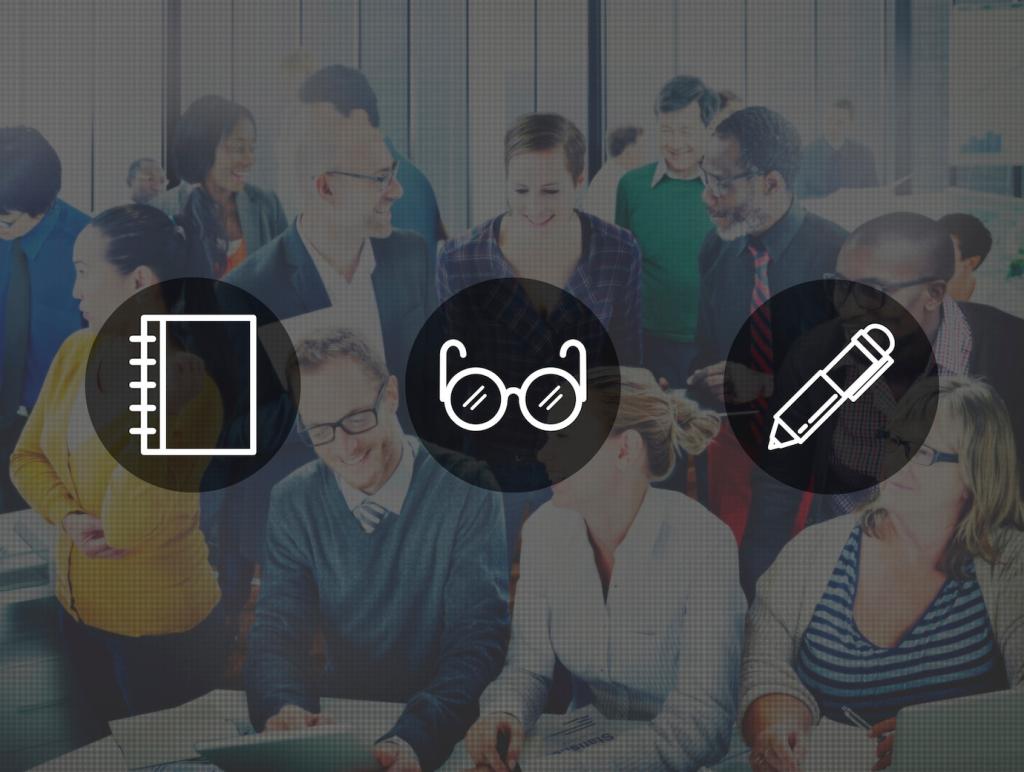
Accessibility and Inclusion by Design
Offer captions, transcripts, mobile-friendly content, and alternate formats. Provide multiple ways to participate, including chat, polls, and anonymous questions. Inclusive blended learning invites every voice, strengthens belonging, and ultimately raises participation and completion rates.
Technology That Powers Blended Learning
LMS and LXP: The Backbone and the Brain
Use an LMS for governance and an LXP for discovery and personalization. Connect them with analytics that show which content inspires action. Keep navigation clear, minimize clicks, and ensure progress tracking feels rewarding, not bureaucratic or confusing.
Microlearning, Mobile, and Just-in-Time Aids
Deliver two-minute refreshers before key tasks, job aids at the point of need, and quick quizzes to reinforce recall. Mobile access matters: learning should fit commutes, breaks, and small windows of time that otherwise go unused in busy schedules.
Social Tools for Community and Feedback
Discussion threads, shared boards, and lightweight peer reviews turn learning into conversation. Encourage learners to post wins and questions. Celebrate helpful replies. Community energy keeps people returning, while feedback speeds insight and builds psychological safety across teams.
The Human Layer: Managers and Facilitators
Give managers short briefing guides, coaching questions, and suggested stretch assignments. Their check-ins transform theory into action. When managers model learning themselves, participation rises, and teams treat development like a shared, ongoing responsibility rather than a checkbox.
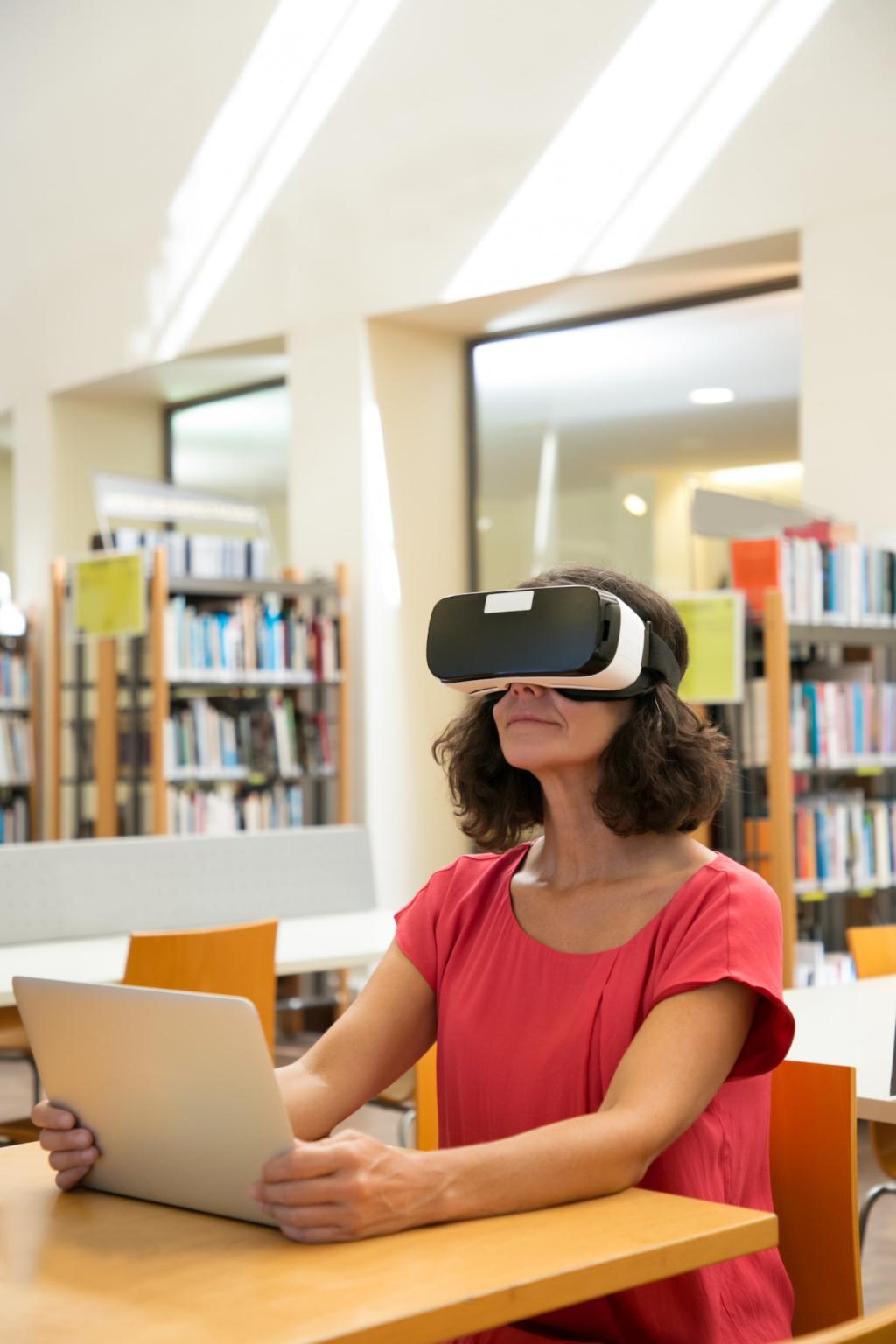
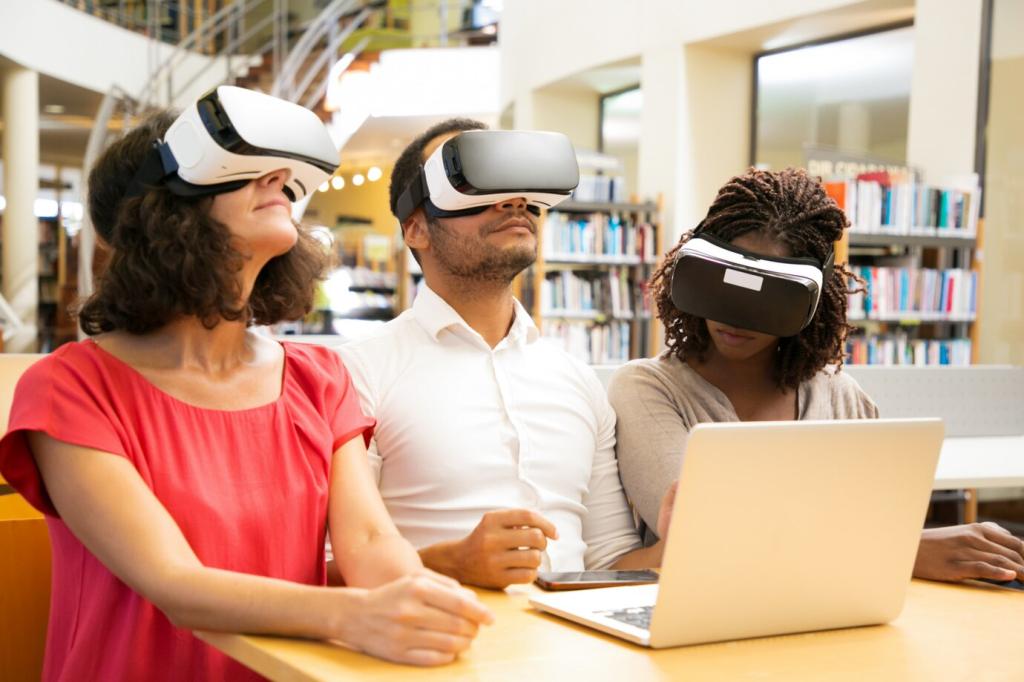
The Human Layer: Managers and Facilitators
Great facilitators design engagement before, during, and after sessions. They balance breakout depth with plenary energy, use active polling, and set clear actions. In blended learning, facilitation extends beyond events into nudges, feedback loops, and community cultivation.
Measuring Impact and Iterating
Go beyond satisfaction. Monitor skill demonstrations, workflow metrics, and manager observations. Link blended learning milestones to leading indicators, like call quality or cycle time, so you can show movement toward outcomes before quarterly results even arrive.
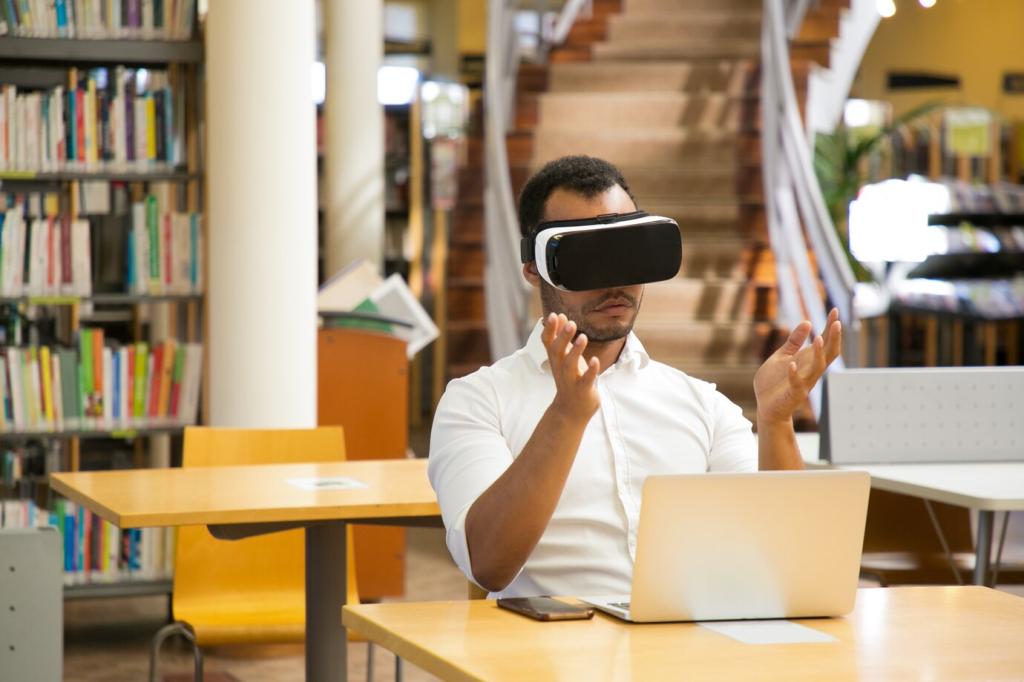
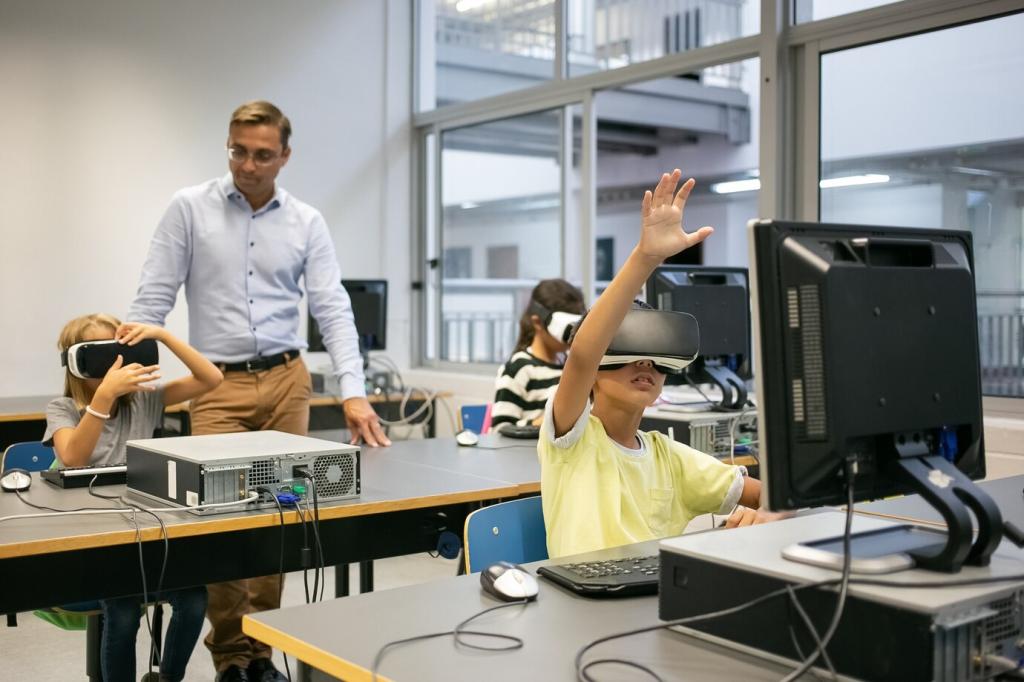
Measuring Impact and Iterating
Ask learners to submit artifacts: a coaching plan, a customer email, a dashboard redesign. Rubrics clarify expectations, while feedback refines performance. Portfolios reveal growth and help managers recognize progress that would otherwise remain invisible or undervalued.

Nudges, Spacing, and Streaks
Friendly reminders, spaced prompts, and visible streaks encourage consistent practice. Keep nudges useful and respectful. Tie them to real tasks. Over time, small steps compound into durable habits that make blended learning feel natural rather than forced.

A Team Story: Learning Sprints That Stuck
One product team ran two-week learning sprints: micro-lessons on Monday, shadowing midweek, and a Friday share-out. Within a quarter, onboarding time dropped twenty percent. Share your sprint ritual ideas below and subscribe for a step-by-step sprint kit.

Invite Participation, Share Wins
Ask learners to post one applied insight after each module. Celebrate specific actions, not just badges. Social proof accelerates adoption and makes blended learning visible. Tell us your latest win in the comments and invite a colleague to join.
